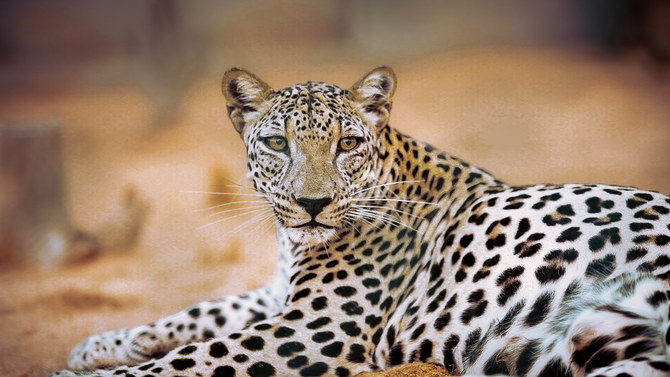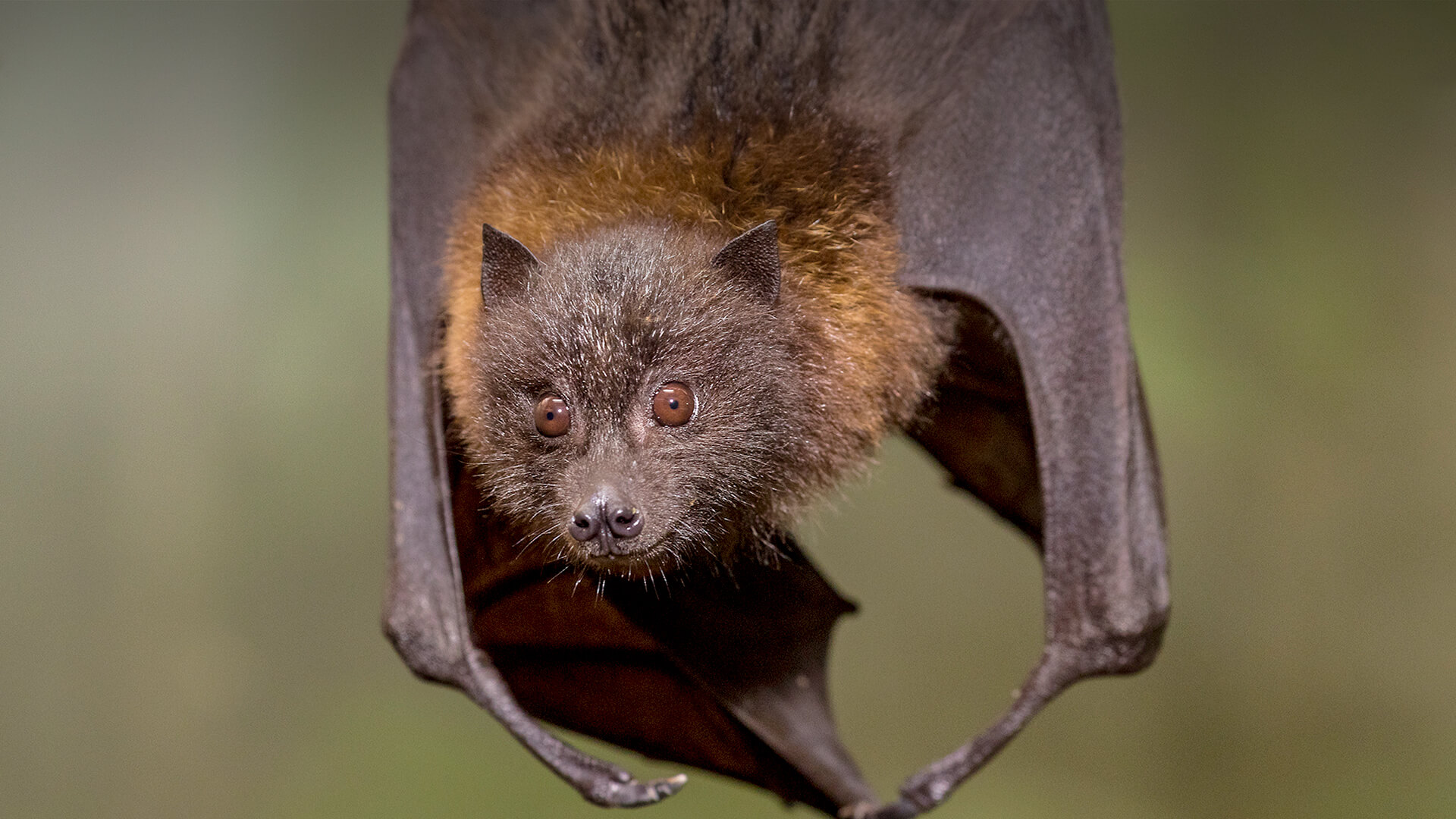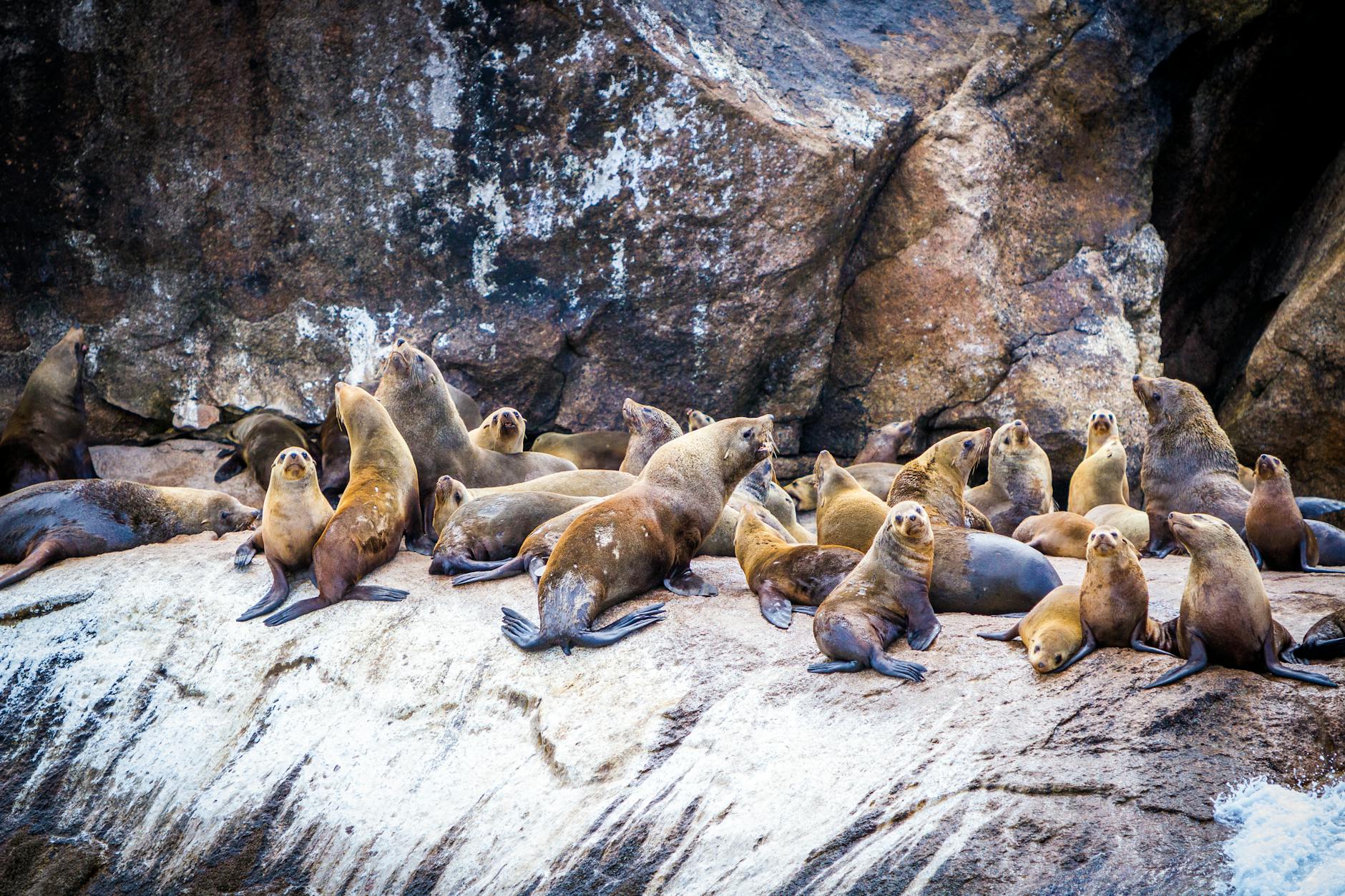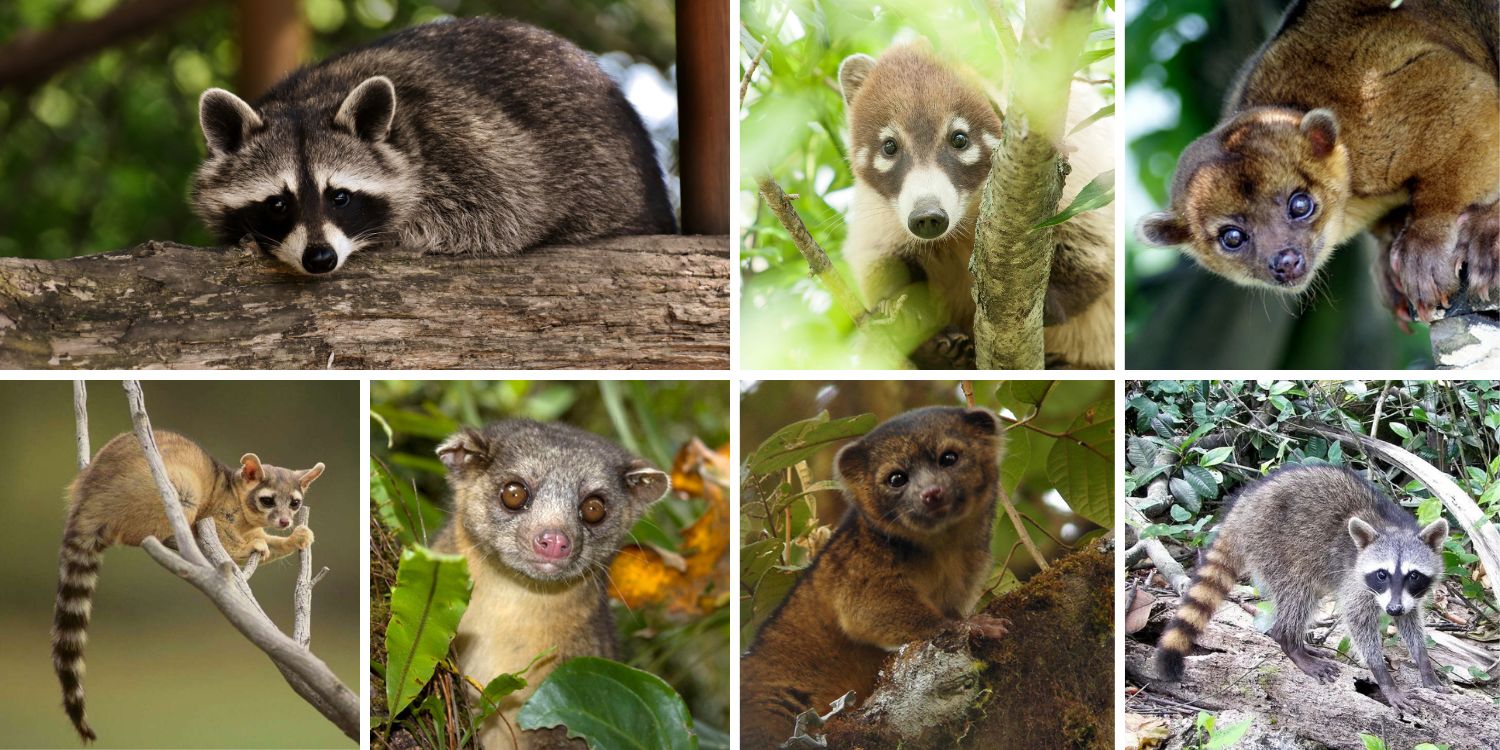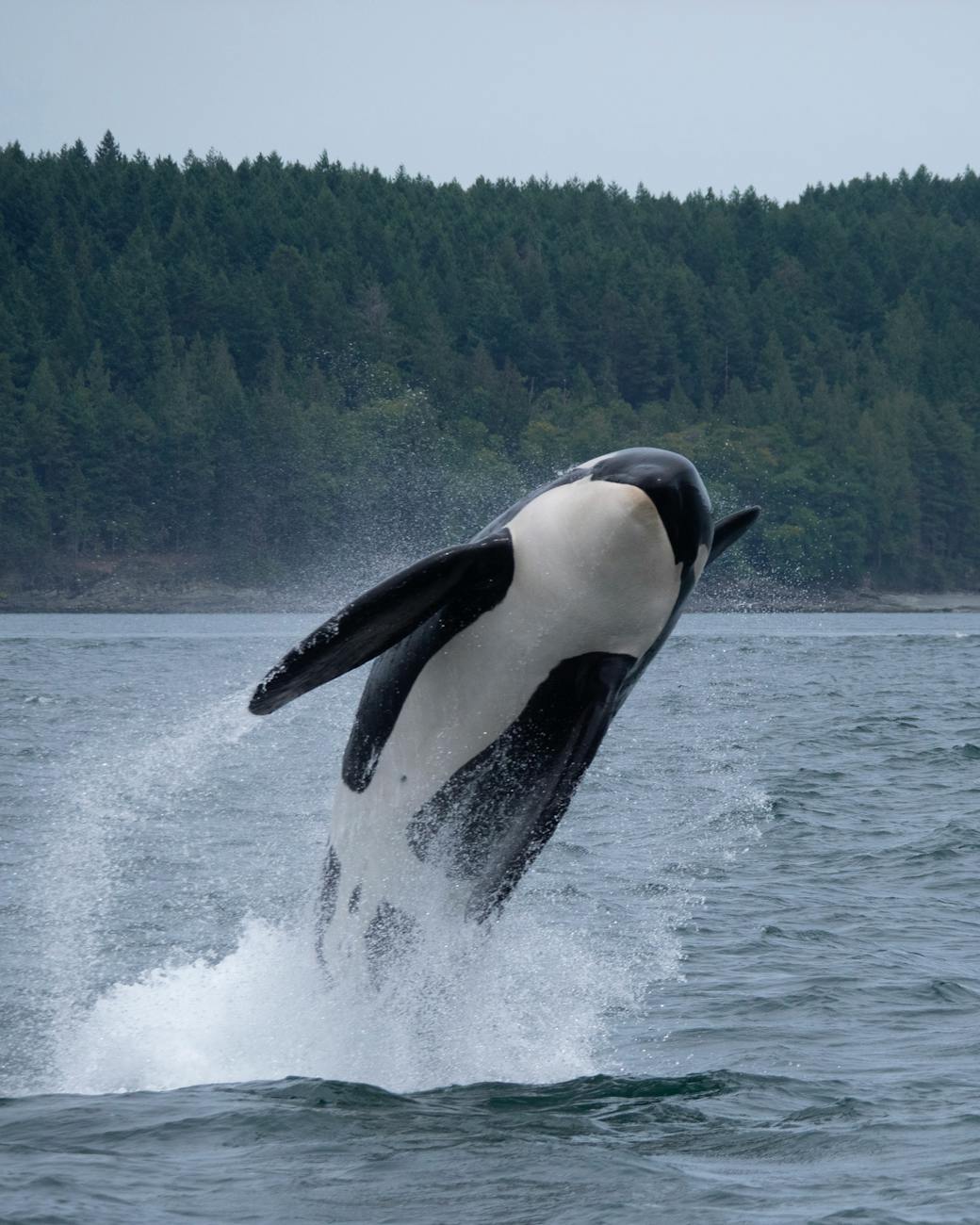
Love makes the world go around… or so the saying goes. Human social structure is largely based on romantic partnerships, and the drive to reproduce is what guides most species in the animal kingdom. Many animals form lifelong loving bonds or make large romantic gestures. Let’s take a look at some…
1. Albatrosses
These massive seabirds have a mating ritual that most closely resembles human dating. Albatrosses live much longer than most other birds, they delay breeding for longer, and invest more effort into fewer young. They take a long time to reach sexual maturity — about five years — and even once mature they will not rush into a relationship, some species will wait for up to 10 years.
When young birds first start joining a breeding colony, they will spend many years observing and practicing the elaborate breeding “dances” and rituals that include such as preening, pointing, calling, bill clacking, staring, and vocalizations. At first, a bird will dance with many partners, but as the years pass the number of birds an individual will dance with with drops, until one partner is chosen and the lifelong pair is formed.

East of the Tasman Peninsula, Tasmania, Australia
Photo by JJ Harrison
2. Great Hornbills
Monogamy is common among birds, but rarely does one member of a pair depend as fully on the other as the female hornbill is on the male.
Great hornbills form monogamous pair bonds that sing loud duets. They live in small groups of two to 40 individuals. Group courtship displays can involve as many as 20 birds. However, the real team work begins once the pair nests. The female will build her nest in the hollow of a large tree trunk and the opening is sealed up. She will remain trapped inside the nest for several months. During this time, her partner will bring her food and feed her through a narrow slit. Once her chicks are semi-developed, she will leave the nest, and re-seal the chicks inside. At this point, both parents will take turns bringing food to their chicks until they can break the seal and survive on their own.

Photos: K. Ananthan. The Hindu
3. Lovebirds
Like many birds, lovebirds are monogamous. And it is their habit of sitting beside another and cuddling that has earned them their name and made them such a strong image of love. Their tight pairings led the ancient Greeks to believe the birds would die if they lost their mates.
Lovebirds pair up at a couple months old. The male waits for the female to show her acceptance before he begins to court her. He will then begin his mating ritual of bobbing his head and scratching her head.
Once the pair lays eggs, the mother will incubate the nest while the male goes out to get her food. When the chicks hatch, the father gets the food, feeds it to the female who then regurgitates the meal for the chicks. Now that’s love.

Photo by YamanekoYK
4. Seahorses
You may already know that male seahorses are the ones who carry the young, but did you know they go through an intimate courtship first? They hold tails, swim snout to snout, and change colors to show one another that they are ready for romance. This process can last for days before the pair engages in a courtship dance that lasts up to eight hours.
Once the male is carrying the fertilized eggs, the female sticks around until he gives birth. She visits him every morning, holding his tail, changing colors, and flirting with him to ensure that he will continue to nurture the eggs until they hatch.

Photo by Joanne Merriam
5. Prairie Voles
Rodents aren’t often thought of as romantic, but the prairie vole is an exception. Prairie voles form lifelong monogamous partnerships, huddle together, groom each other, share nesting and pup-raising responsibilities, and generally show a high level of bonded behavior. During mating season, the voles will defend their territories from other voles by assuming a defensive posture by raising their forefeet, extending their head forward, and chattering their teeth. The pair will stick together for life. If the female of the pair dies, the male will not look for another partner.

Photo by Larry Young, Center for Translational Social Neuroscience
6. Emperor Penguins
The romance and dedication of the emperor penguin is famous. While they do not stay in the same pair for life, they are serially monogamous, with only one mate each year. Once the female lays the egg, it is carefully transferred to the male, where he must keep it on the tops of his feet for 64 days until it hatches while the mother returns to the sea to feed. The female returns shortly after the egg hatches and finds her partner among hundreds of males. After transferring the chick to the mother’s feet, the male can finally head for sea and eat for the first time in months.

Photo by Christopher Michel
7. Broglas
Like other cranes, broglas are monogamous and usually bond for life. They are well known for their ritualized, intricate mating dances. The dances generally start with a bird picking up a clump of grass and tossing it in the air and catching it in its mouth. Then the dance starts to involve jumping, extending wings, stretching bowing, walking calling and head bobbing. Sometimes only one bird will dance, sometimes a pair will dance together, in other situations, the whole colony will join in. The pair will protect their young for up to eleven months, or for nearly two years if they do not breed again in the interim.

Photo by tyto tony
8. Bowerbirds
The male bowerbird builds a nest with two walls of vertically placed sticks, and then decorates the whole thing with brightly colored objects. The objects include shells, leaves, flowers, feathers, stones, and discarded trash such as glass, coins, and rifle shells. The female bowerbird wanders from nest to nest and picks out the one which catches her attention. While they are not monogamous, many females will return to the same male year after year.

Photo by Summ on Wikimedia Commons
9. Elephants
While female elephants stay in their family groups for life, the males usually live alone or in small groups of other males. When it comes time to pair up, bull elephants fight for the right to mate, displaying their prowess and strength. Once the battle is done though, these mighty warriors turn tender, wooing their newly won mates with tender trunk twinings and nuzzles. After mating, the two will often stay together in a “honeymoon” period for several weeks.

Photo by Charlesjsharp
10. Bonobos
Bonobos are not romantic in a monogamous way, but they are well-known for their physical intimacy and strong displays of affection. Among their other acts, they participate in open-mouth kissing.



